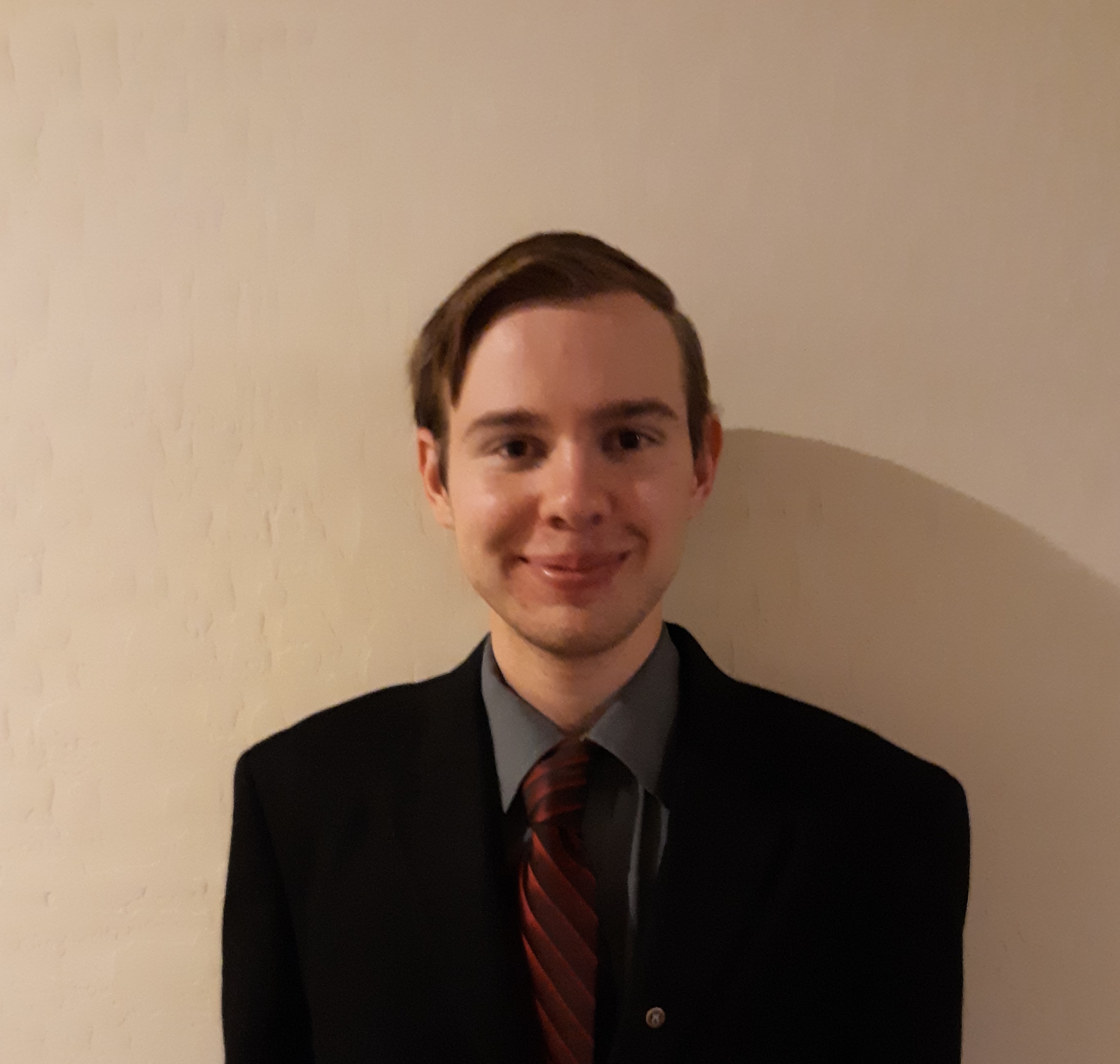Below is a summary of the abstract you submitted. Presenting author(s) is shown in bold.
If any changes need to be made, you can modify the abstract or change the authors.
You can also download a .docx version of this abstract.
If there are any problems, please email Dan at dar78@pitt.edu and he'll take care of them!
This abstract was last modified on May 2, 2019 at 2:03 p.m..

We present the genomes of Mycobacterium smegmatis phages NihilNomen and Carlyle, isolated by students at the University of Nevada Las Vegas. The phages were isolated from compost in the University community garden. Both phages are temperate. NihilNomen is a cluster J phage with a genome 110,439 base pairs long and GC content 60.8%, typical of cluster J phages. Its genome ends are 3’ sticky overhangs 4 bp long. We identified 240 genes, including one tRNA. Carlyle is a cluster A1 phage with a genome 51,220 base pairs long and GC content 63.6%, also typical of cluster A1 phages. Its genome ends are 3’ sticky overhangs 10 bp long. We identified 91 genes in Carlyle, with no tRNAs. There was a population of unusual reads around position 29100 in Carlyle’s genome, indicating that it could perhaps be two very closely related phages, or that there is a large mutant population in the sample. NihilNomen appears to possess a third terminase (gp2), located upstream of the small and large terminase. It corresponds to what other researchers of cluster J phages report as a possible DNA-packaging protein. NihilNomen also contains a putative pbp beta-lactamase gene at gp39 and a putative superinfection immunity repressor at gp196. These three genes will be investigated further during the summer. In Carlyle, the small terminase (gp4) is not adjacent from the large terminase (gp13), with the lysin A (gp11) and lysin B (gp12) located in between. Carlyle also contains a putative pbp beta-lactamase gene (gp34), with 60% amino acid sequence identity match with the beta-lactamase in NihilNomen, as well as a putative superinfection immunity protein (gp74) with a 98% amino acid sequence identity match with that in NihilNomen. The putative beta-lactamase and superinfection immunity protein of Carlyle will be investigated this summer along with those of NihilNomen.

